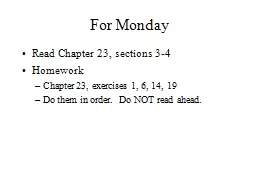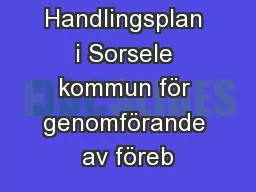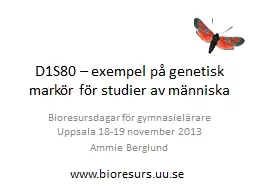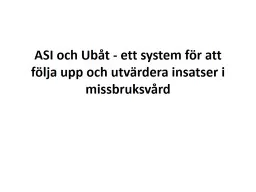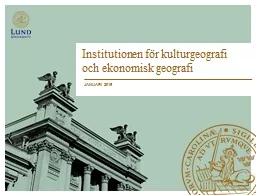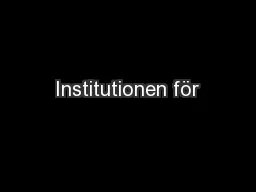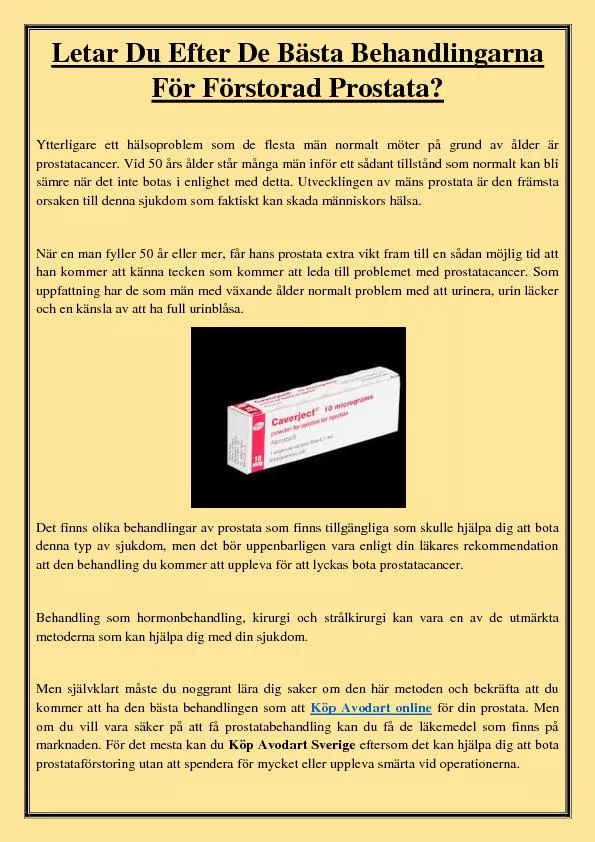PPT-For Monday
Author : sherrill-nordquist | Published Date : 2016-06-13
Read Chapter 23 sections 34 Homework Chapter 23 exercises 1 6 14 19 Do them in order Do NOT read ahead Program 5 Any questions Parse Trees A parse tree shows the
Presentation Embed Code
Download Presentation
Download Presentation The PPT/PDF document "For Monday" is the property of its rightful owner. Permission is granted to download and print the materials on this website for personal, non-commercial use only, and to display it on your personal computer provided you do not modify the materials and that you retain all copyright notices contained in the materials. By downloading content from our website, you accept the terms of this agreement.
For Monday: Transcript
Download Rules Of Document
"For Monday"The content belongs to its owner. You may download and print it for personal use, without modification, and keep all copyright notices. By downloading, you agree to these terms.
Related Documents

